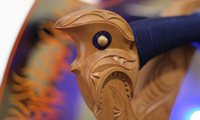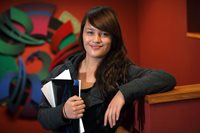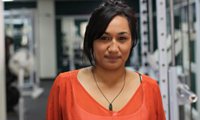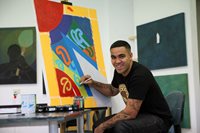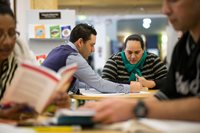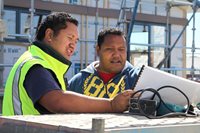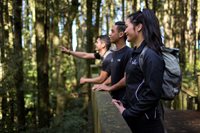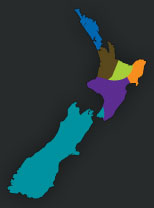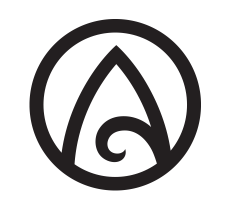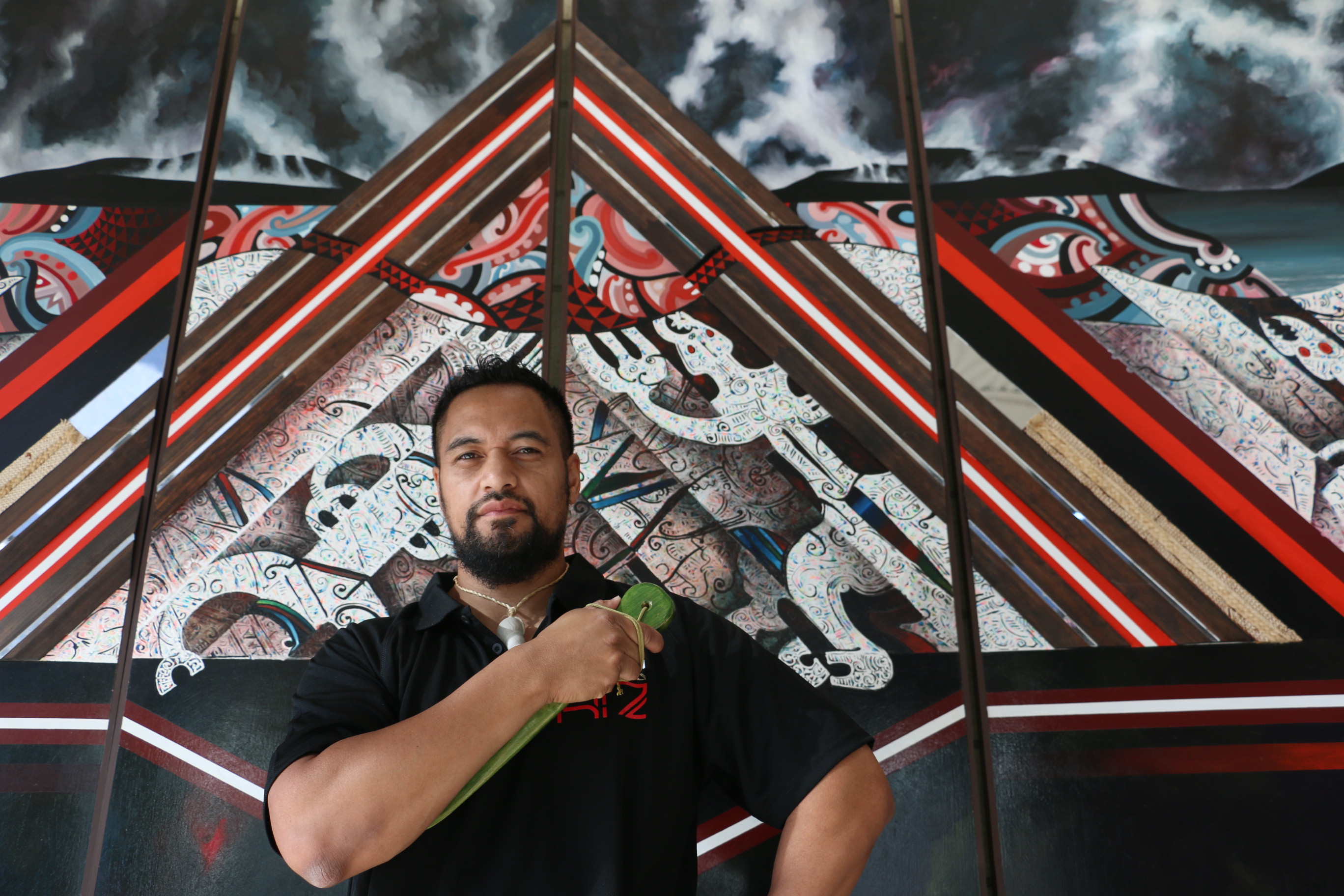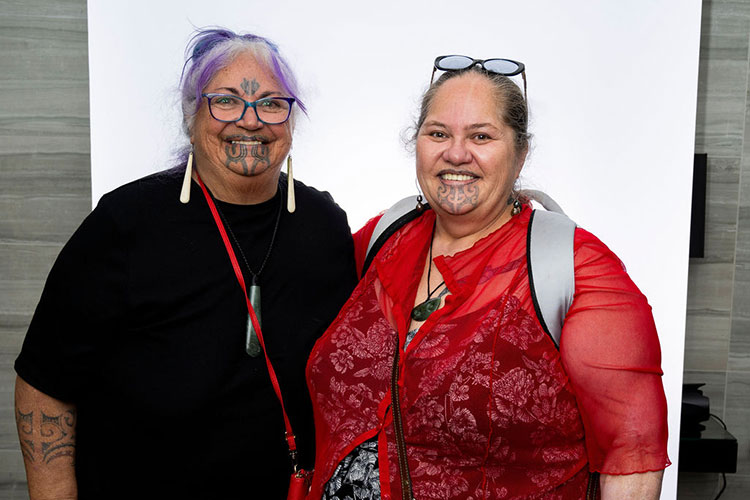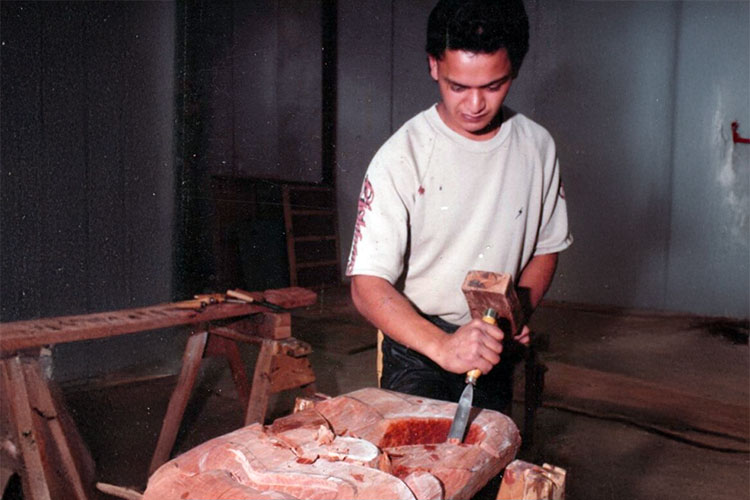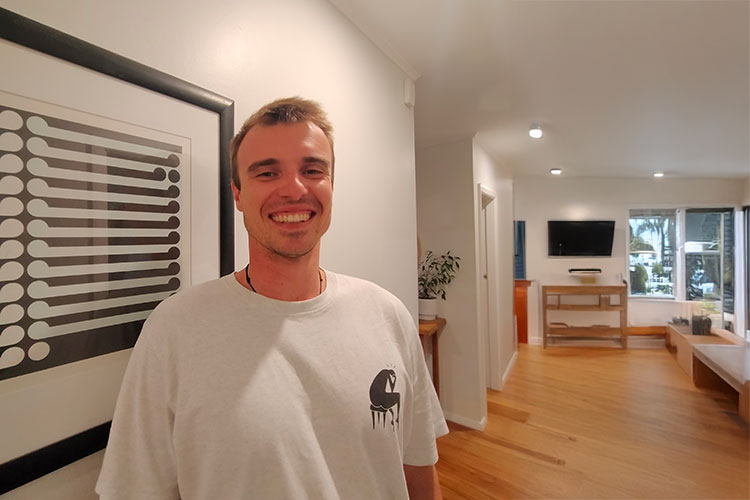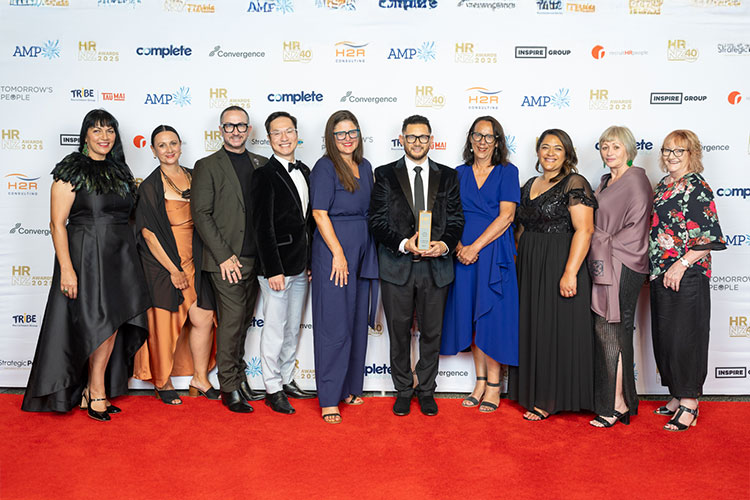Tiaki Terekia has travelled the equivalent of more than three times around the Earth pursuing his passion for performing kapa haka at Te Matatini.
The 38-year-old Te Awamutu-based senior designer with Te Wānanga of Aotearoa will again be performing at Te Matatini in Wellington next week with Te Rōpū o Muriwhenua from Northland.
Some back of the envelope calculations indicate Tiaki travelled more than 90,000 kilometres between Te Awamutu and his home village of Waihirere near Gisborne between 2004 and 2015 for Matatini-related practices with Waihirere Māori Club, affiliated to his iwi Ngāti Kōhuru. In those years, he was involved with six of the biennial Te Matatini contests and related regional competitions.
Since shifting to compete with his wife Samantha’s Te Rōpū o Muriwhenua team, based in Kaitaia, the estimated distances travelled for the same purposes sit at just under 30,000 kilometres from 2017 to this year.
The combined travel total of more than 120,000 kilometres compares to the mere 40,000 or so kilometres that make up the Earth’s circumference.
This ongoing hīkoi has delivered Tiaki major benefits, including the relationships he’s built with family and friends, the personal growth he’s gained, skills development and physical fitness.
“It’s all that which makes it exciting and makes you want more. Another big goal is to share stories through kapa haka with the nation, live and on screen.”
His journey in kapa haka has also helped him connect with his Māoritanga.
“It’s sharing the tikanga, kawa, the customs of the iwi you’re involved with. As an in-law it’s also been good to be part of sharing my wife’s iwi’s stories in recent years. As a performer you’re going there to tell the world ‘this is who I am, this is who we are, this is who Muriwhenua is’.”
His connections to kapa haka go back a long way to when, as a boy, he lived beside Waihirere’s Parimanahi marae where the art was regularly practiced.
“All my cousins and I, as little kids, we just strolled over and joined in. The Waihirere Māori Club was made up of all us cousins, our parents, grandparents, aunties and uncles.”
Besides providing a strong focus for the community “it kept us out of mischief as well”.
Before his switch to Te Rōpū o Muriwhenua, Tiaki and Samantha had often been training far apart. Tiaki says making the change in 2017 to training with her was better for family life (they now have three children under 10 who travel with them to fortnightly training). “We had to simplify our lives a bit more rather than training in different areas,” says Tiaki.
The travelling slog for the latest Te Matatini campaign has involved picking up two rental vans in Hamilton late Friday afternoon, making pick-ups in Waikato and Auckland, then arriving in Kaitaia about midnight. Then it’s been into training Saturday morning before heading off at around 11am Sunday for the return journey, usually arriving back in Te Awamutu about 7pm. Muriwhenua pays for the rental vehicles and team members share petrol costs.
Tiaki’s deep involvement with kapa haka isn’t due to end anytime soon, as he’s planning to be part of at least three more Matatini campaigns.
“I’ll keep going till then as long it’s working for the whānau and I. Kapa haka will always be part of my life in some way.”
| Waihirere Māori Club (Ngāti Kōhuru) | Te Rōpū o Muriwhena (Ngāti Kuri, Ngāti Kahu, Te Rarawa, Te Aupouri, Ngai Takoto) |
| More than 90,000 kilometres between 2004 and 2015 from Te Awamutu to Gisborne return. | Nearly 30,000 kilometres over 2017 to 2019 between Te Awamutu and Kaitaia return. |


